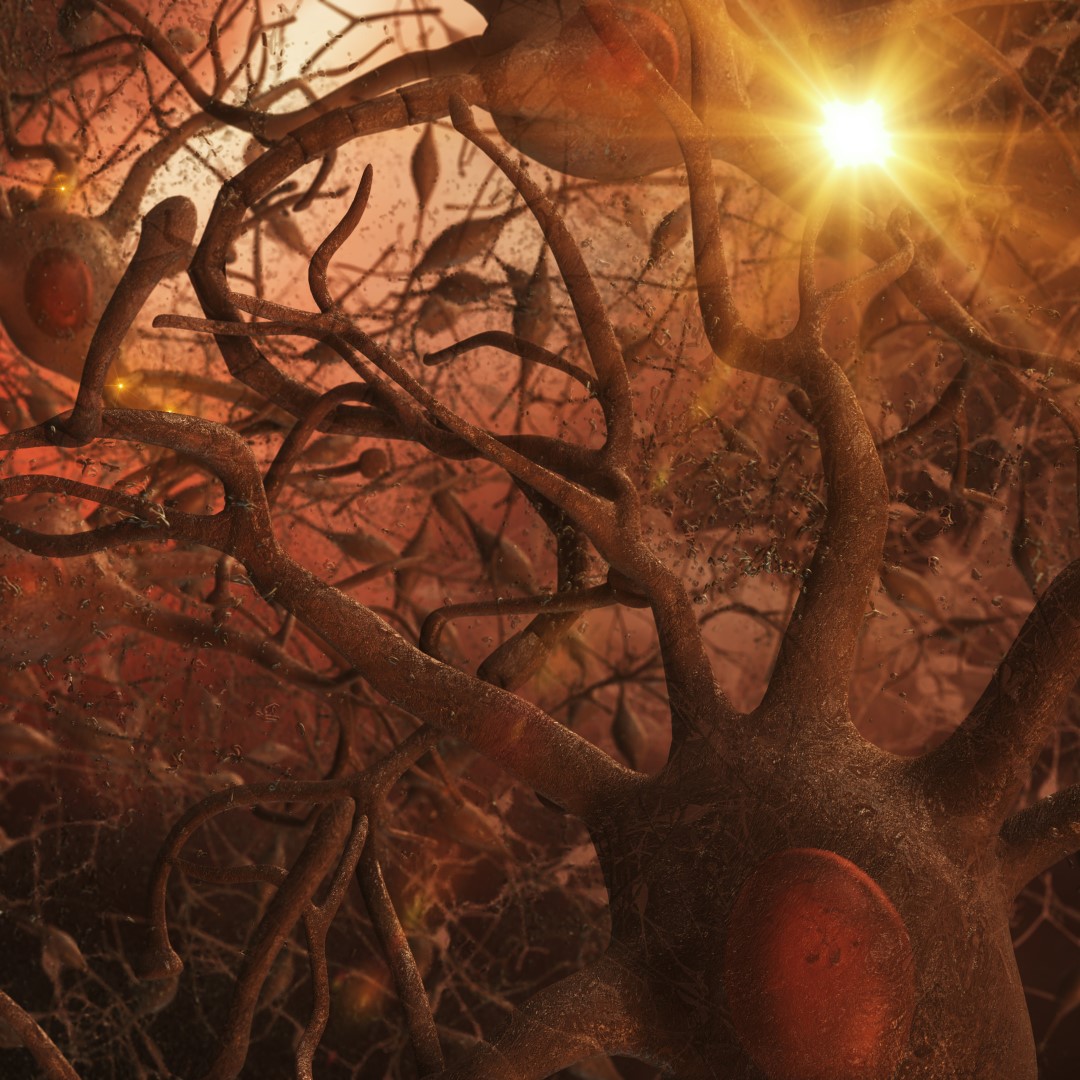
Woman dies of Creutzfeldt-Jakob almost 50 years after taking prion-contaminated growth hormone
On May 15, 2025, a University of Colorado–led case report in Emerging Infectious Diseases, describes a 58-year-old woman who, an estimated 48 years after treatment with cadaver-derived human growth hormone, died of iatrogenic Creutzfeldt-Jakob disease (iCJD), a prion disease.
The patient, who sought care after developing gait imbalance and tremors 2 weeks earlier, had received prion-contaminated cadaveric human growth hormone (chGH) for 9.3 years starting at age 7. Prion diseases, which affect both humans and animals, are fatal neurologic conditions caused by infectious misfolded proteins.
chGH is a well-described iatrogenic (healthcare-related) cause of this type of CJD. The National Hormone Pituitary Program (NHPP) administered the drug to treat growth failure to roughly 7,700 US patients from the 1960s through the 1980s, the researchers noted. An outbreak of chGH-related iCJD, first recognized in the United States in 1985, prompted the immediate shutdown of chGH production and NHPP administration of the drug.
Soon after, chGH was replaced with recombinant (biosynthetic) human growth hormone, but the iCJD outbreak continued due to the often-long latency period in some previous chGH recipients. Latency periods for prion diseases are variable and depend on factors such as the infectious particle dose (higher doses are linked to shorter latency); route of infection (central nervous system [CNS] exposures are tied to shorter latency than peripheral ones); and recipient genetics, particularly the codon 129 polymorphism in the PRNP gene.
Over the next month, the patient developed urinary incontinence, worsening tremors, decreased speech, and abnormal gait. She returned to the hospital with tachypnea (abnormally fast breathing), hyperekplexia (exaggerated startle reflex with intense muscle stiffness), and appendicular rigidity (stiffness in the arms and legs).
Her breathing and alertness quickly declined, and she was intubated. In the next several days, she developed both stimulus-induced and spontaneous myoclonus (a neurologic condition featuring sudden, involuntary muscle jerks or twitches), and she remained in a coma.
Prion testing at the National Prion Disease Pathology Surveillance Center (NPDPSC) at Case Western Reserve University showed substantially elevated total tau (protein that forms tangles in the brain) and a very high concentration of 14-3-3 protein. A real-time quaking-induced conversion assay was positive for prions. Per the patient’s documented wishes, she was extubated and died.
Tags:
Source: Center for Infectious Disease Research & Policy, University of Minnesota
Credit:
